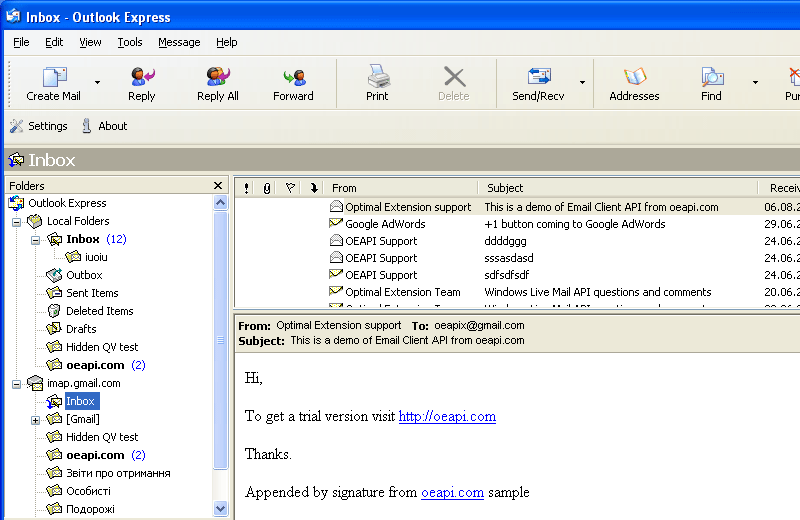

Now create a directory on your computer and open it in your preferred code editor. Afterward, install it on your computer and then restart it. If you haven’t, you can download the latest version from here. You can skip this step if you have already installed Node.js on your computer. We will do it in steps to make it easier to follow. Let’s go ahead and start building a REST API using Node.js and Express.js. Prerequisites: Complete all previous tutorial topics, including Express Tutorial Part 5: Displaying library data. In particular, we'll discuss how to write forms to create, update, and delete documents from the site's database. You can create routes, middlewares, and everything you need in a server using it. In this tutorial we'll show you how to work with HTML Forms in Express using Pug.

It is minimal and flexible and provides a robust set of features for web and mobile applications. In layman terms, you can now run JavaScript in your terminal.Įxpress.js is a backend Node.js framework used to set up a Node.js based server. It is a JavaScript runtime built on top of Chrome’s V8 engine. Node.js And Express.jsīefore Node.js, you could only run JavaScript inside a web browser.

If you want to read more about REST APIs, check out this article.īefore we dive into how you can make a REST API, let’s first take a look at Node.js and Expres.js. Then, in the end, you learned how to secure your API with Auth0. After that, you used Express to expose API endpoints to manipulate ads. More specifically, you started by using npm to scaffold a brand new application. Since you need to either retrieve, delete, create or update existing data, you need a communication channel to move the data around. In this article, you learned about how easy it is to develop RESTful APIs with Express and Node.js.


 0 kommentar(er)
0 kommentar(er)
